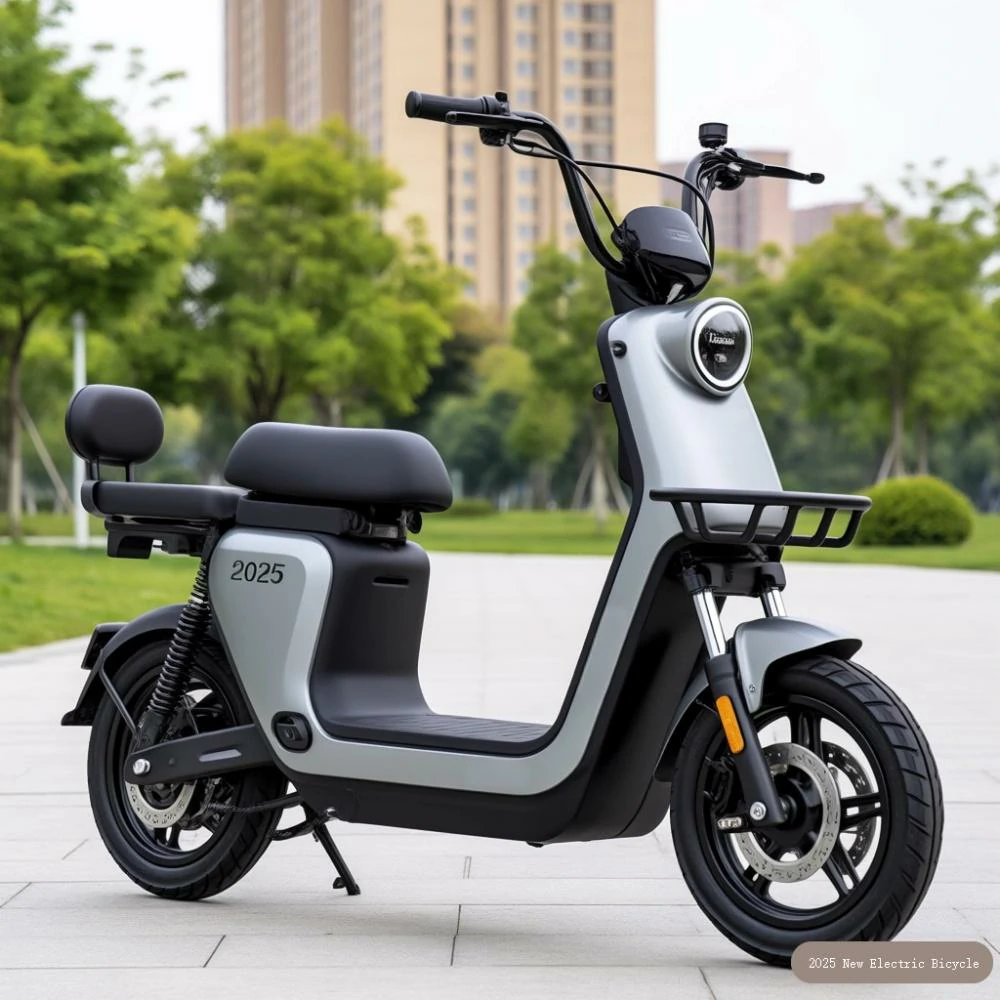Is Iceland suitable for driving electric bicycles?
2025-09-08
Iceland is suitable for driving electric bicycles, but it requires comprehensive consideration of climate, infrastructure, policies, and usage scenarios.
Climate conditions: Low temperature impacts need to be addressed
Iceland's winter is long and cold, and low temperatures can significantly reduce the activity of electric bicycle batteries, leading to a shortened range. For example, in an environment of -5 ℃, the actual range of an electric vehicle may decrease by more than 50%. If electric bicycle batteries are not equipped with low-temperature resistant technology, users will need to charge frequently or face range anxiety. In addition, Iceland has frequent snowstorms and slippery or icy roads, which may increase cycling risks. Therefore, it is necessary to choose a vehicle with anti-skid tires and stability control system.
Infrastructure: The charging network is gradually improving
Charging stations in Iceland are mainly distributed in tourist hotspots such as Reykjavik and the Golden Circle, with fewer charging stations in remote areas such as the town of Vik in the south. However, Iceland has a high proportion of household parking spaces, and if users have private charging conditions, it can alleviate the pressure of public charging. At the same time, the charging pile network in Iceland is gradually improving. For example, companies such as Daotong Technology have improved the design of charging piles for low-temperature and severe cold weather in Northern Europe, ensuring the reliability and efficiency of equipment under extreme weather conditions.
Policy environment: Tax adjustments affect short-term markets
Starting from January 1, 2025, Iceland will cancel the value-added tax exemption policy for bicycle products and impose a standard tax rate of 24% on electric bicycles, which may increase the selling price of electric bicycles and reduce consumers' willingness to purchase. However, the Icelandic government still retains car purchase subsidies within the price limit, and electric vehicles are subject to the same road tax per kilometer as gasoline vehicles. In the long run, electric vehicles still have a cost advantage. In addition, almost all of Iceland's electricity comes from geothermal and hydroelectric sources, with high cleanliness and low cost, providing a good energy foundation for electric bicycles.
Usage scenario: High potential for commuting and tourism
About 94% of Iceland's population lives in urban areas, and electric bicycles are lightweight and flexible, suitable for solving short distance commuting problems in cities. Meanwhile, Iceland has unique natural landscapes, and electric bicycles can be used for cycling around the island or visiting scenic spots. However, it is important to pay attention to the range and route planning, choose vehicles with high range, and understand the distribution of charging stations along the way in advance. In addition, equipped with windproof and waterproof cycling clothes, helmets, and lighting equipment to cope with changing weather conditions.
Market Trend: Electrification Becomes Mainstream
Despite a decline in the share of electric vehicles in Iceland due to policy adjustments in 2024, electrification has become the mainstream trend in the Nordic automotive market in the long run. Iceland has a concentrated population, a high proportion of household parking spaces, and strong charging convenience. Coupled with low electricity costs and high cleanliness, electric vehicles still have natural advantages. For electric bicycles, they also benefit from this trend, as long as the product has low temperature resistance design, high cost-effectiveness, and EU certification, it is expected to gain recognition in the Icelandic market.

Recommended bicycle batteries:
electric bicycle battery packs
